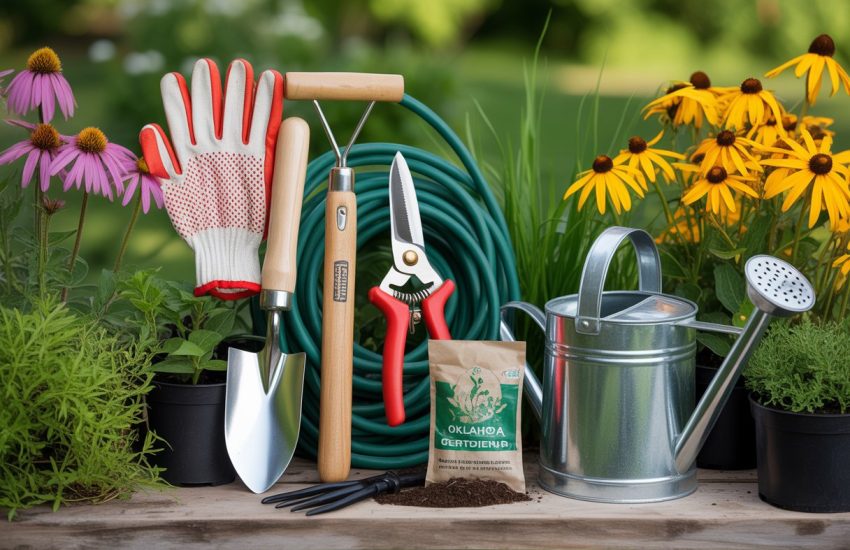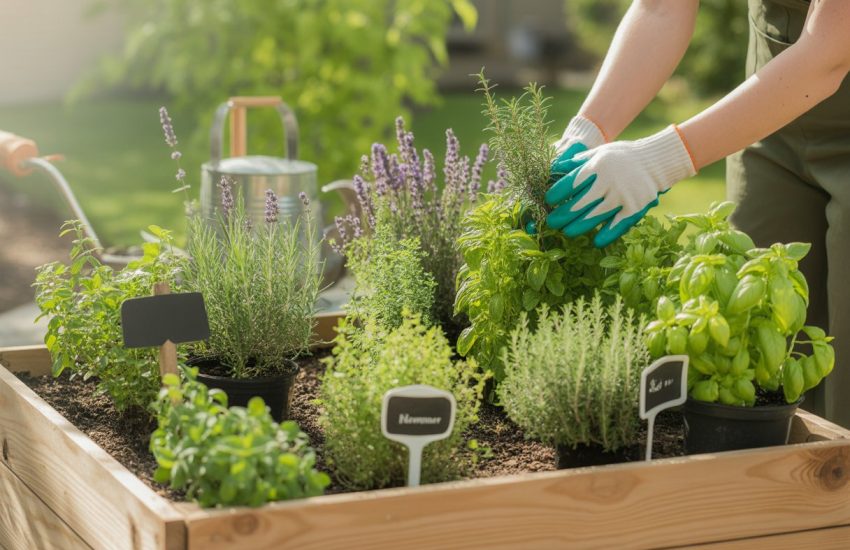How to Plant Lily Bulbs: A Step-by-Step Guide
Lilies are a popular choice for gardeners due to their fragrant blooms and variety of colors. Planting lily bulbs is a simple process that can be done in the spring or fall. With the right preparation and care, lilies can thrive in any garden.

To begin, it is important to choose the right location for planting lilies. They prefer well-draining soil and partial to full sun. Before planting, loosen the soil to a depth of at least 12 inches and add organic matter such as compost or peat moss to improve soil quality.
When planting lily bulbs, it is important to plant them at the correct depth. A general rule of thumb is to plant bulbs three times their height deep. For example, if a bulb is two inches tall, it should be planted six inches deep. Space bulbs at least six inches apart to allow for proper growth. After planting, water thoroughly to help settle the soil. With these simple steps, anyone can successfully plant lily bulbs and enjoy their beautiful blooms in the garden.
Preparing for Planting
Choosing the Right Bulbs
Before planting lily bulbs, it is important to choose the right ones. There are different types of lilies such as Asiatic, Oriental, and species lilies. Each type comes in different colors and sizes. When selecting bulbs, consider the height of the plant, the color of the flowers, and the blooming time. Choose bulbs that are firm, plump, and free from any signs of mold or damage.
Selecting the Ideal Location
Lilies prefer a sunny location with good drainage. They can grow in different types of soil, but well-draining soil is important. If the soil is too heavy, it can cause the bulbs to rot. Lilies also prefer slightly acidic soil with a pH between 6.0 and 6.5. When selecting a location, consider the amount of light the area receives and the soil quality.
Soil Preparation
Preparing the soil is an essential step in planting lily bulbs. Start by removing any weeds or debris from the planting area. Add organic material such as compost or well-rotted manure to the soil to improve its quality and provide nutrients. Mix the organic material into the soil to a depth of at least 12 inches. This will help improve drainage and aeration in the soil.
By following these simple steps, you can prepare your garden for planting lily bulbs. With the right bulbs, location, and soil, your lilies will thrive and bloom beautifully in the summer.
Planting and Caring for Lilies
Planting Lily Bulbs
When planting lily bulbs, it is important to choose a location that receives ample sunlight, as lilies require at least 6 hours of direct sunlight each day to bloom. The soil should be well-draining and rich in organic matter. Before planting, make sure to loosen the soil to a depth of at least 12 inches.
Lily bulbs should be planted in the fall, ideally 2-4 weeks before the first frost. The bulbs should be planted at a depth of 3 times their height, so a larger bulb will need to be planted deeper than a smaller bulb. Space the bulbs at least 8 inches apart to allow for growth.
Maintaining Your Lily Plants
To ensure healthy growth and blooms, lilies require consistent watering and fertilization. Water lilies deeply once a week, and more frequently during periods of drought or high heat. Avoid getting water on the leaves and flowers, as this can lead to disease.
Fertilize lilies in the spring with a slow-release fertilizer, and again in mid-summer with a high-phosphorus fertilizer to encourage blooming. Mulching around the base of the plants can help retain moisture and suppress weeds.
Understanding Lily Growth and Blooms
Lilies typically bloom in the summer, with bloom times varying depending on the variety. Some lilies are fragrant, while others are not. Cut flowers as soon as they begin to fade to prevent the plant from putting energy into seed production.
Lily plants will go dormant in the fall and winter, and will require little maintenance during this time. In the spring, remove any dead leaves and stems to promote new growth. Keep an eye out for pests such as aphids and spider mites, and treat as necessary. With proper care, lilies can provide beautiful blooms year after year.


